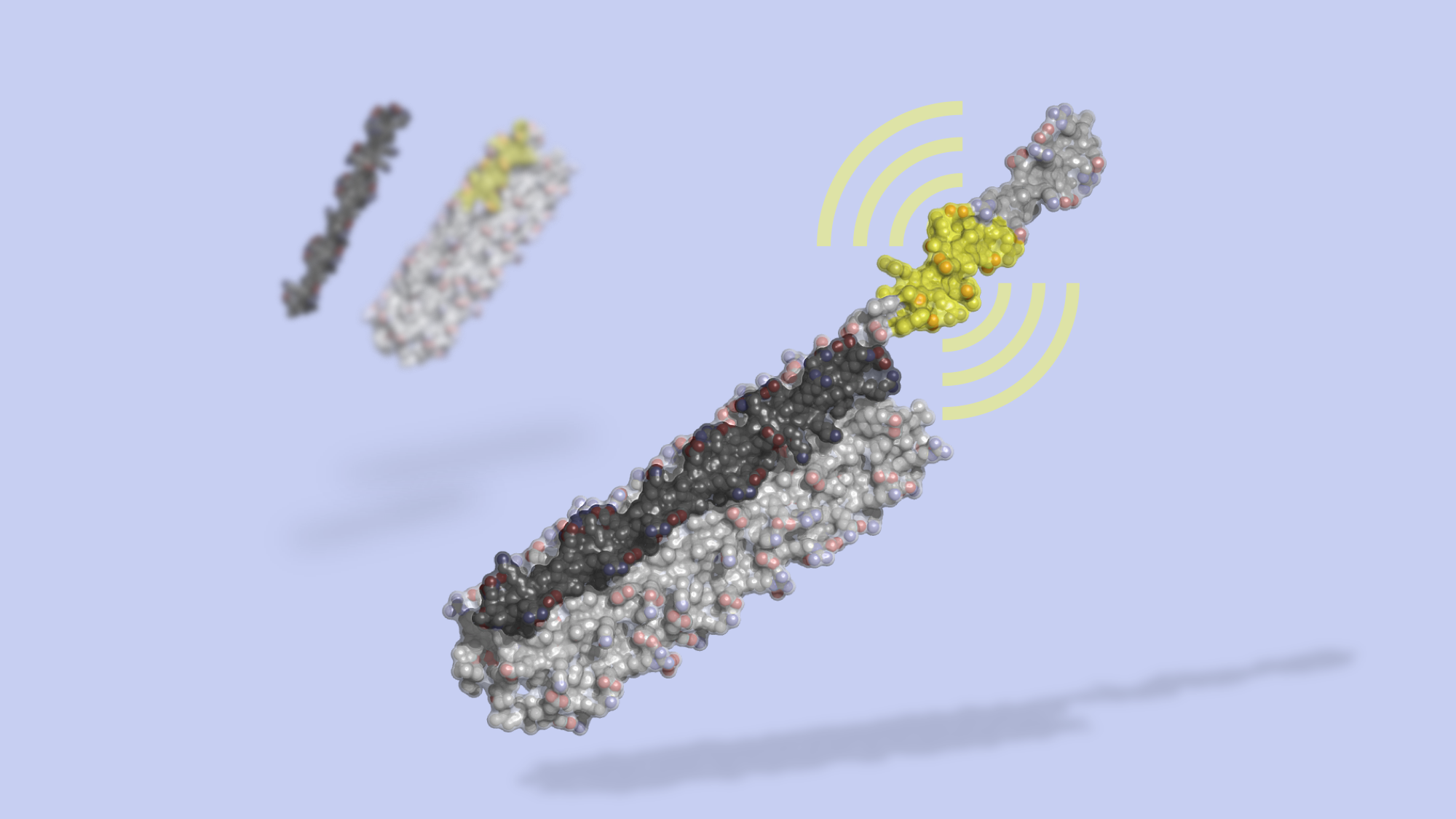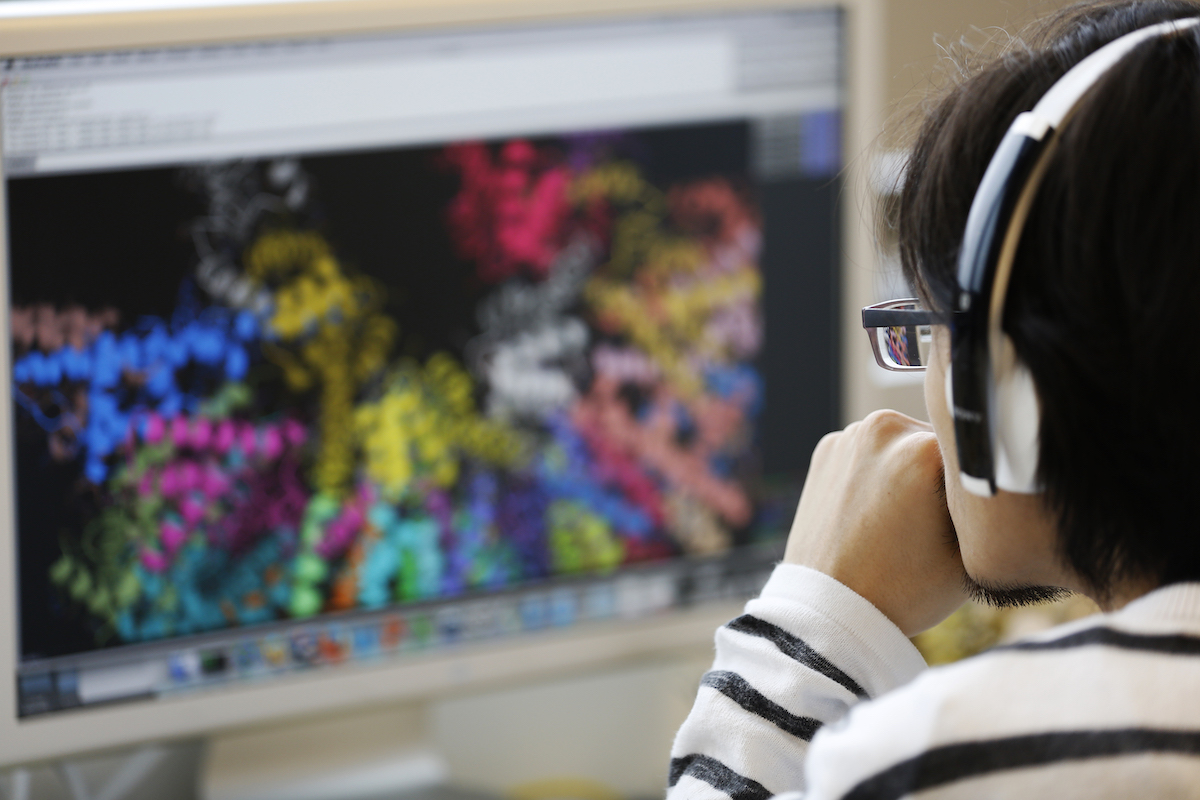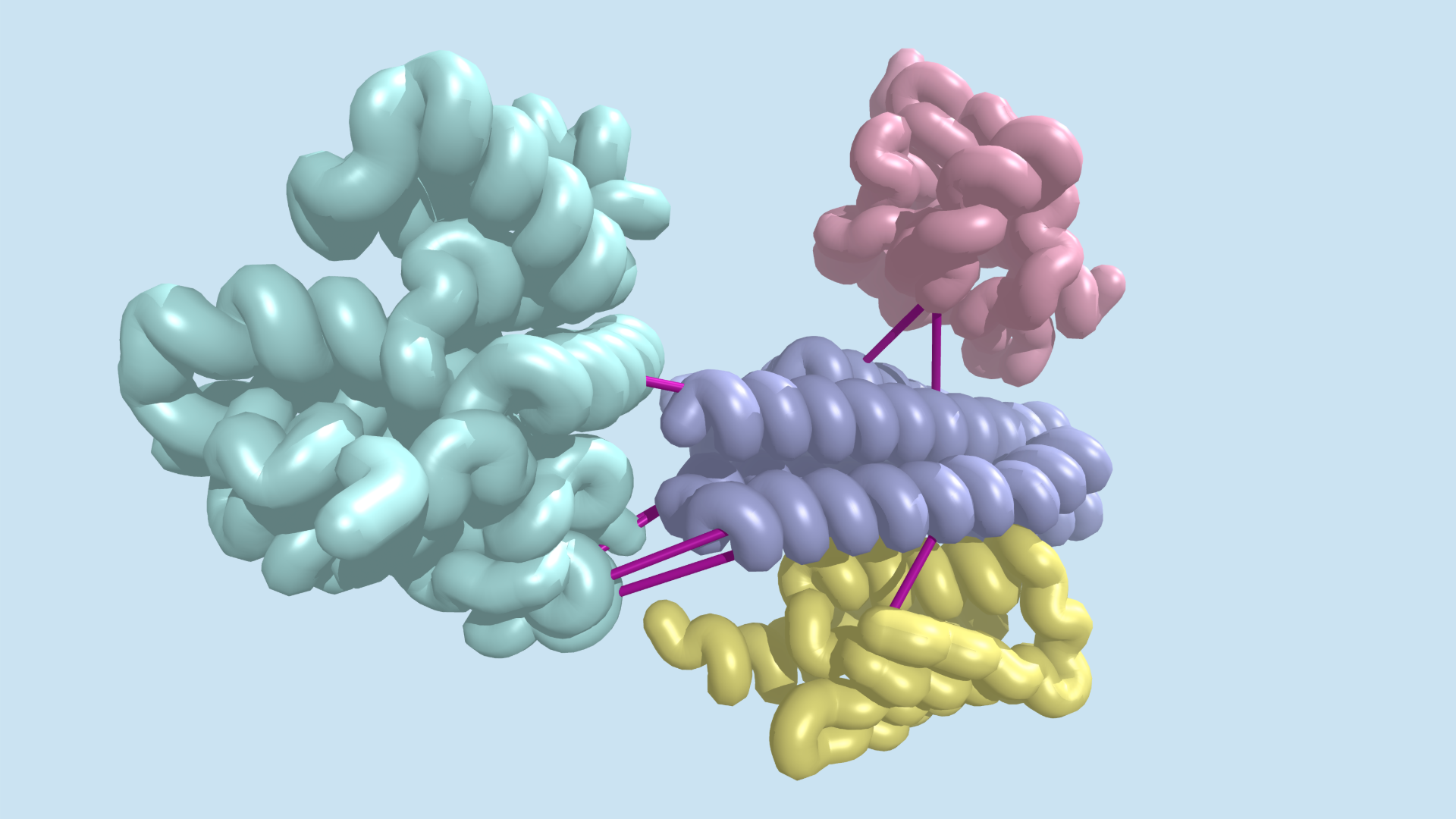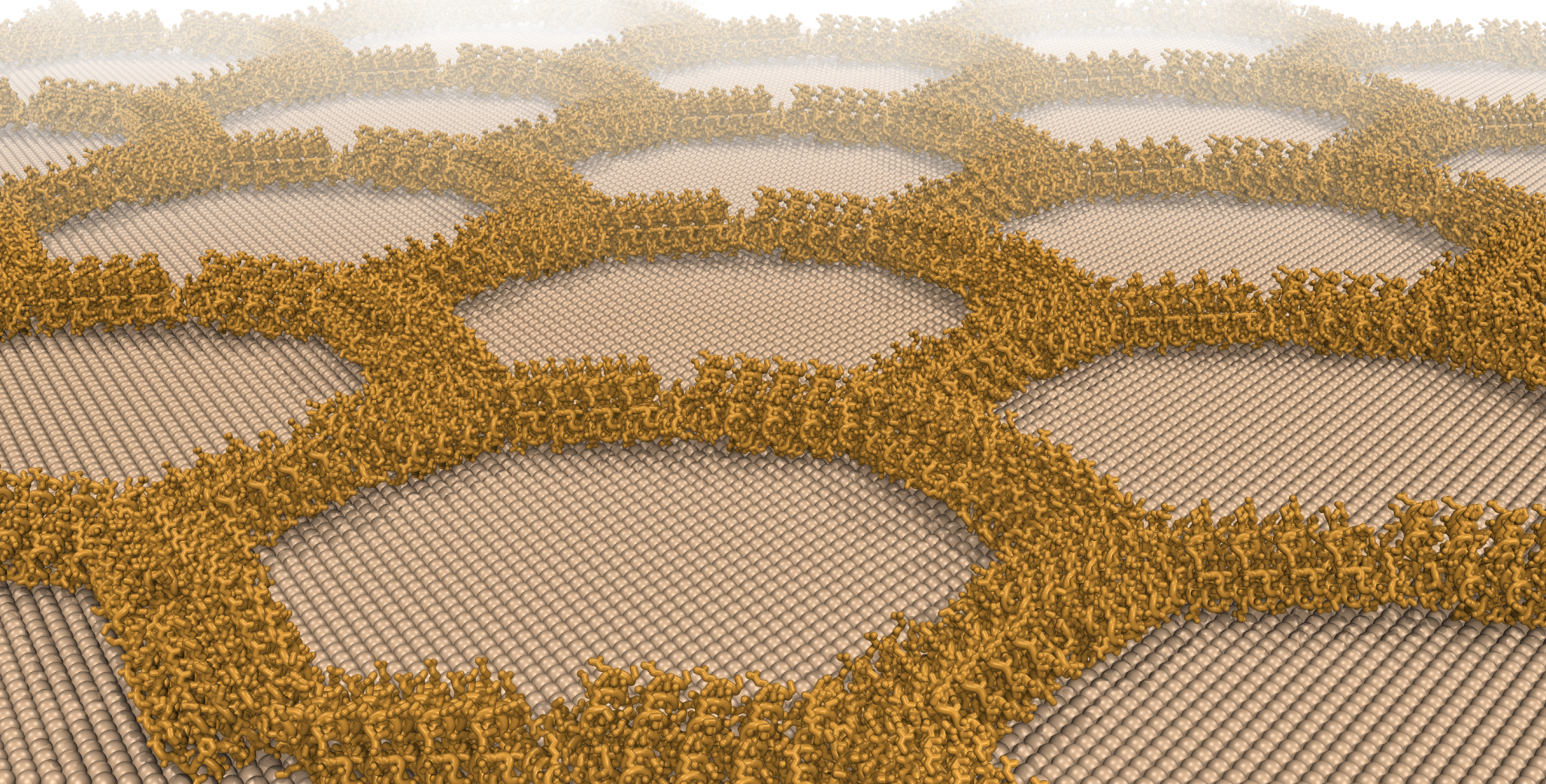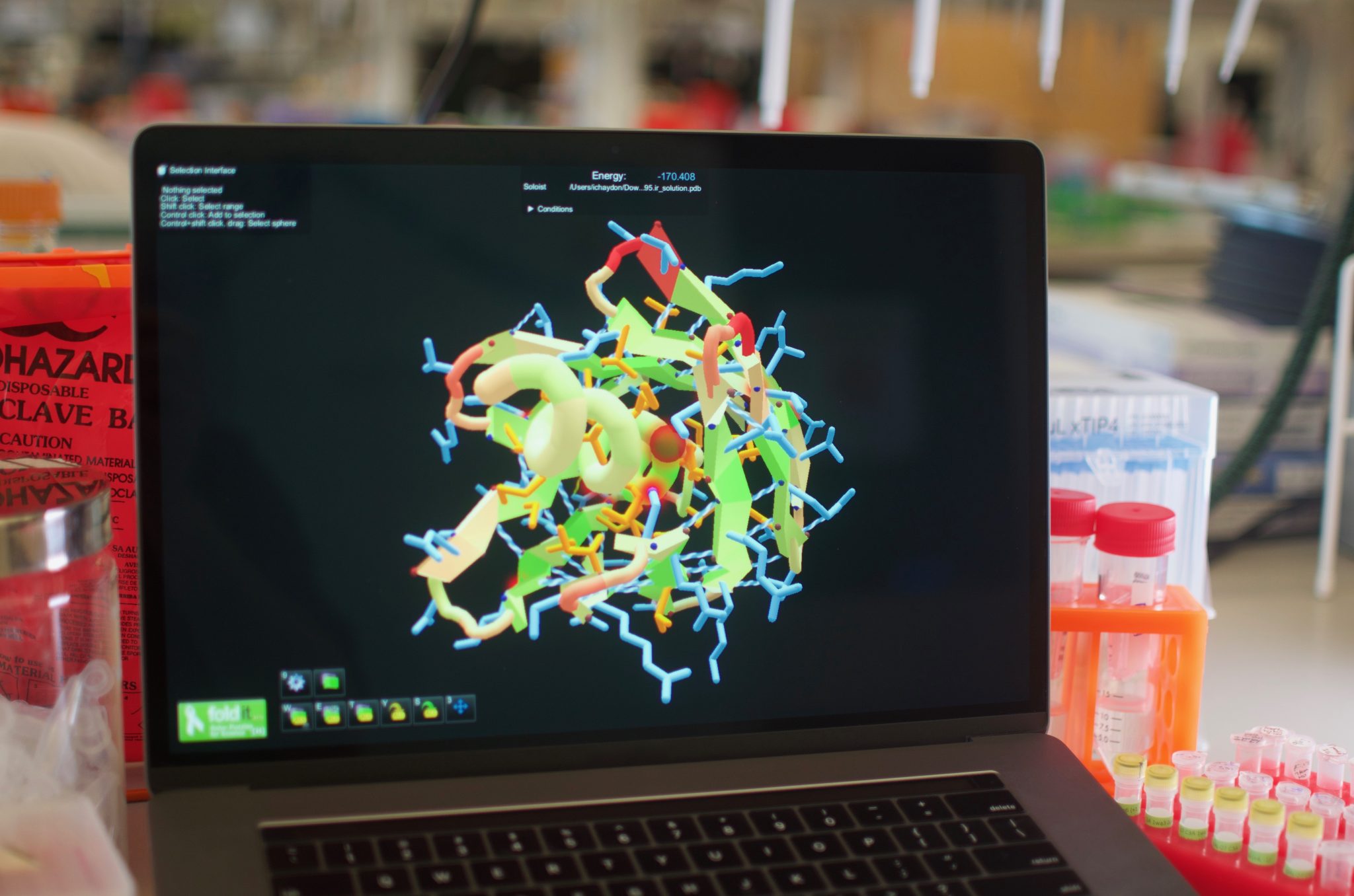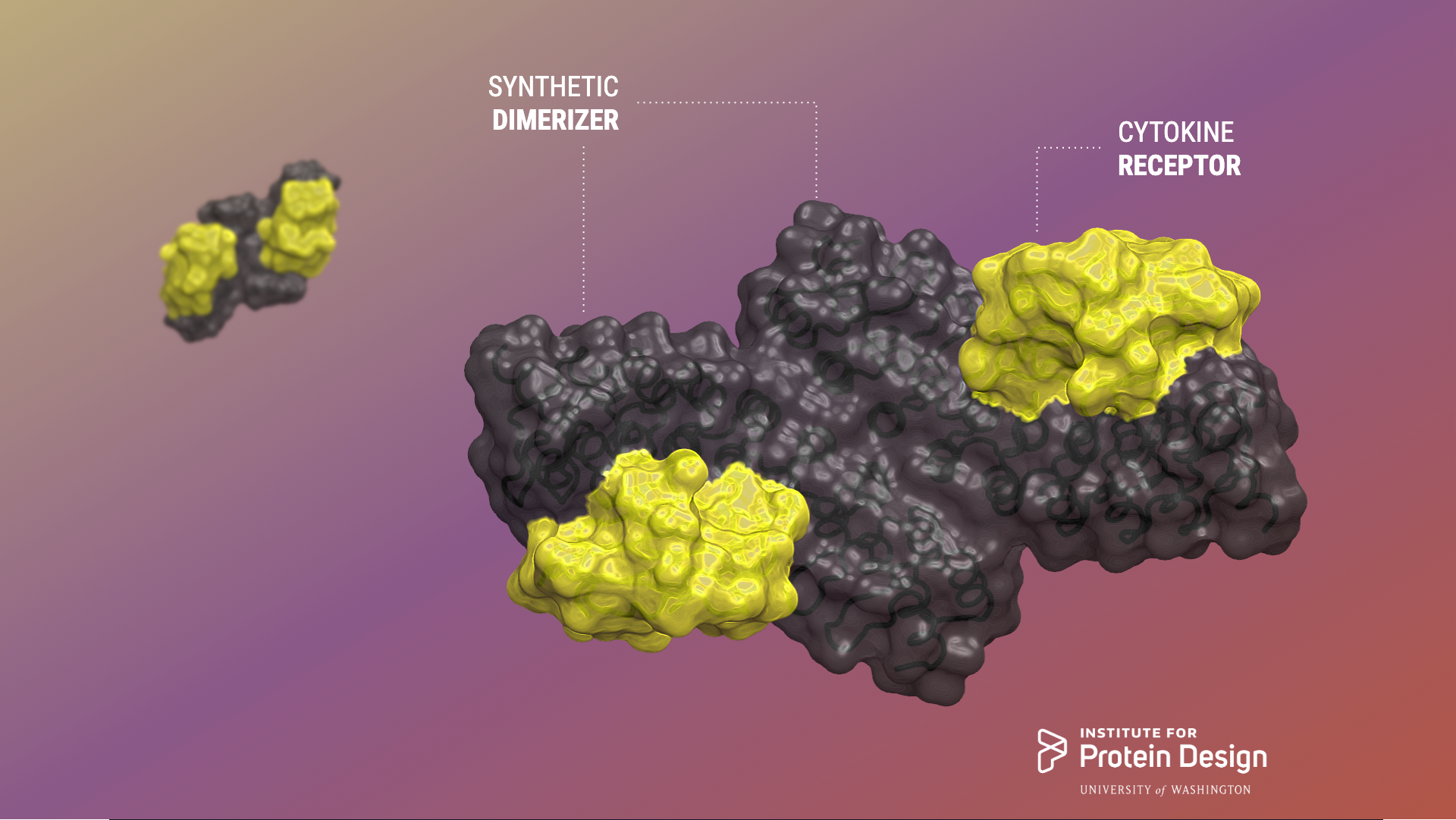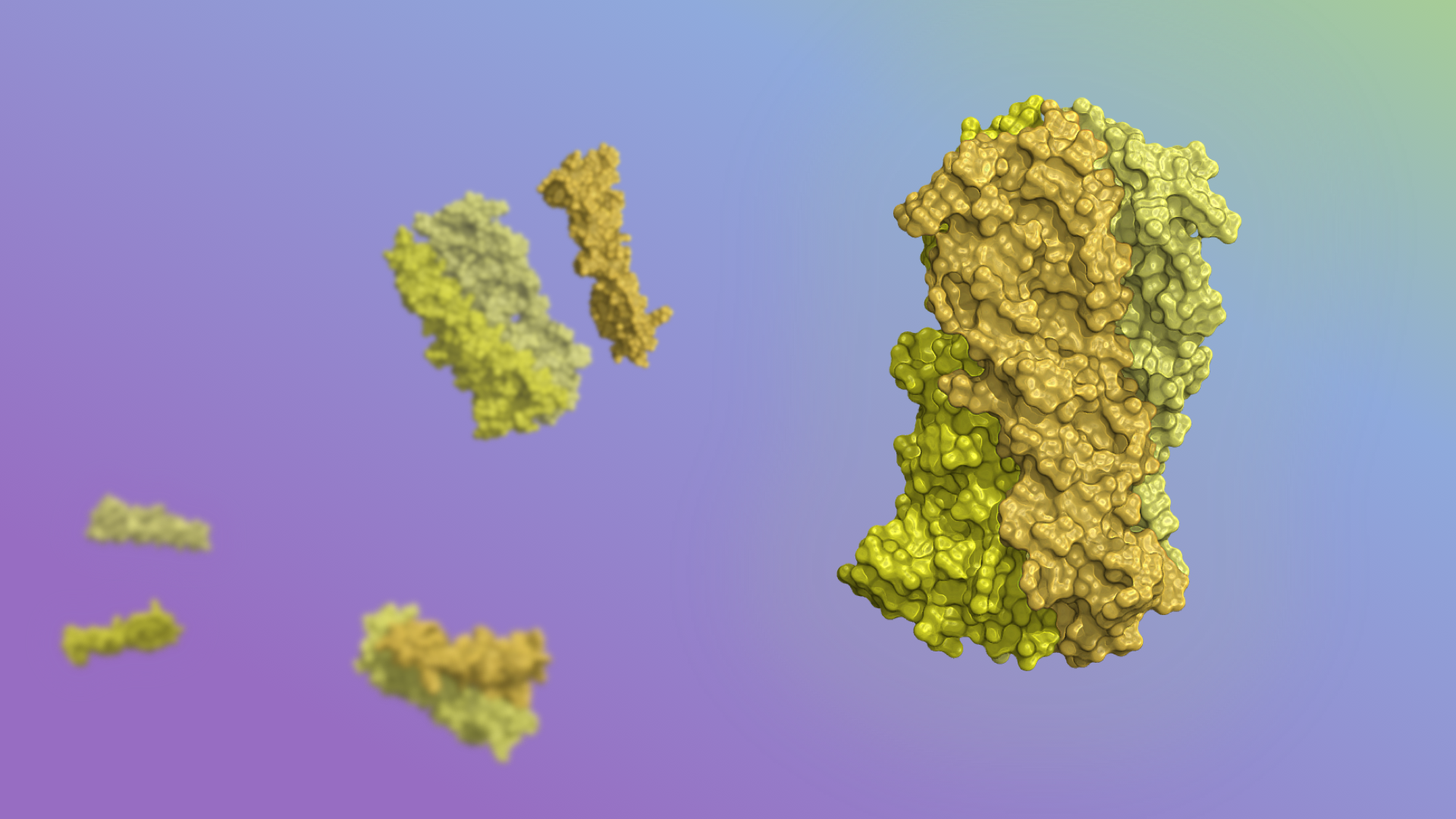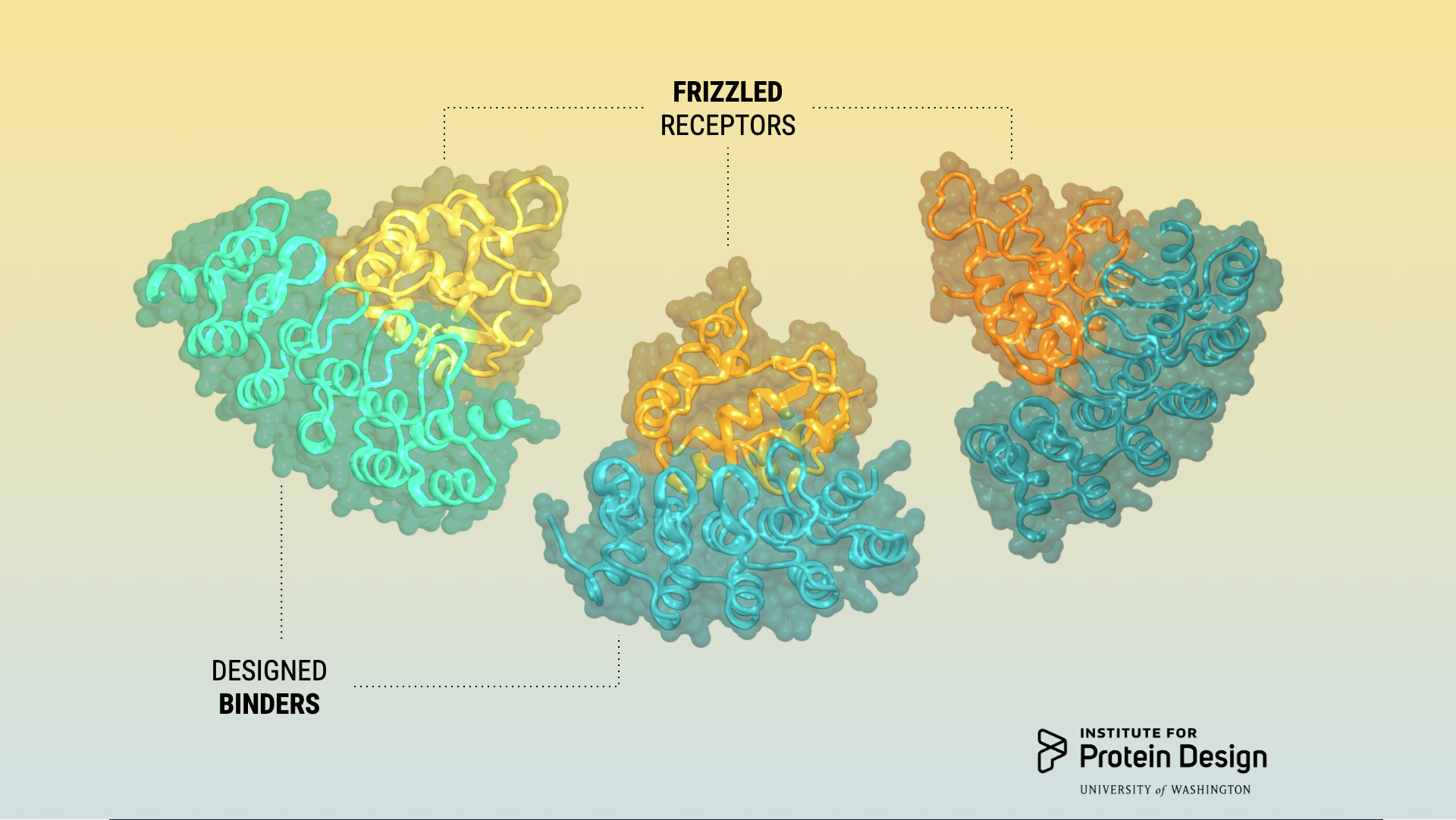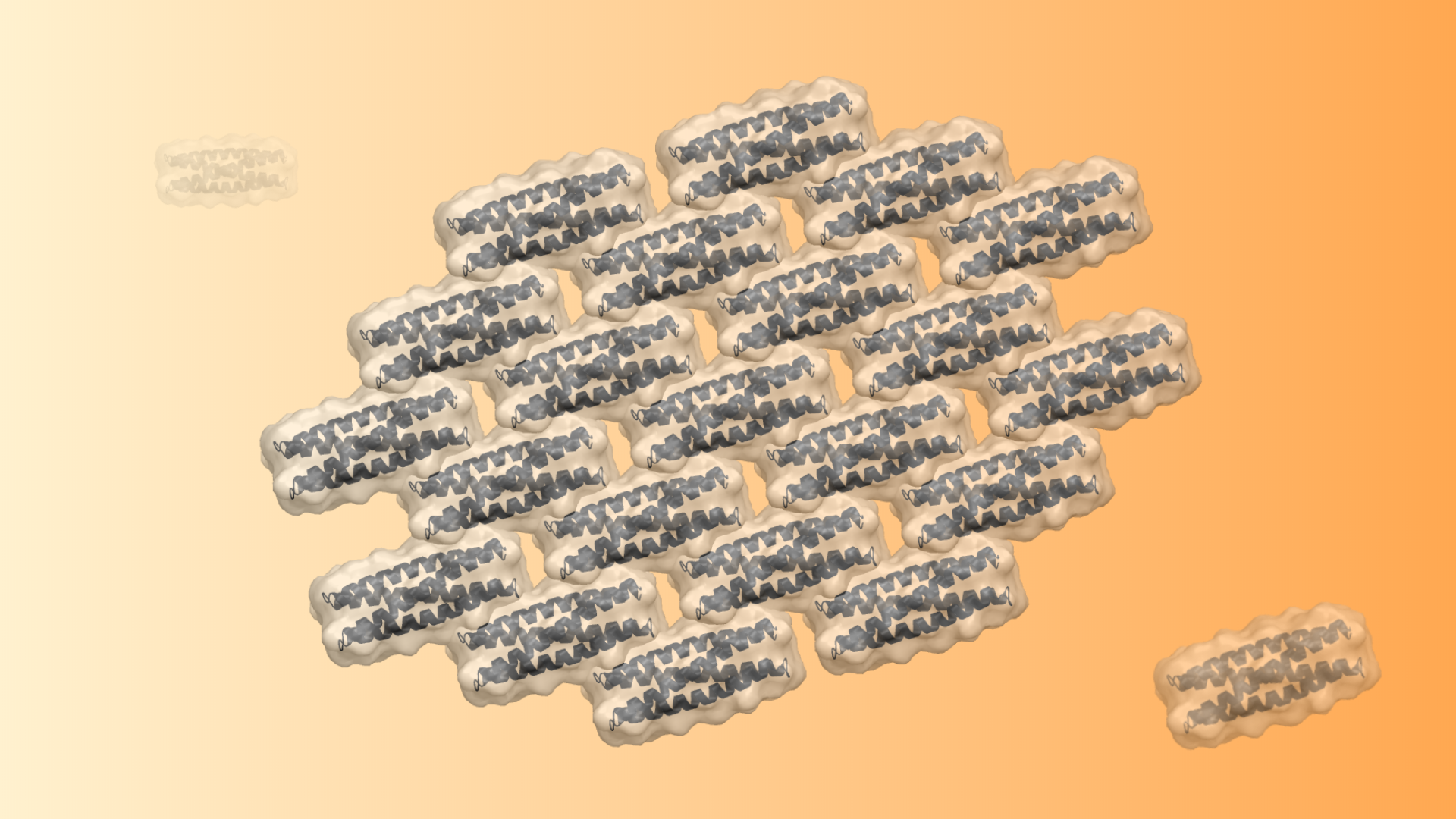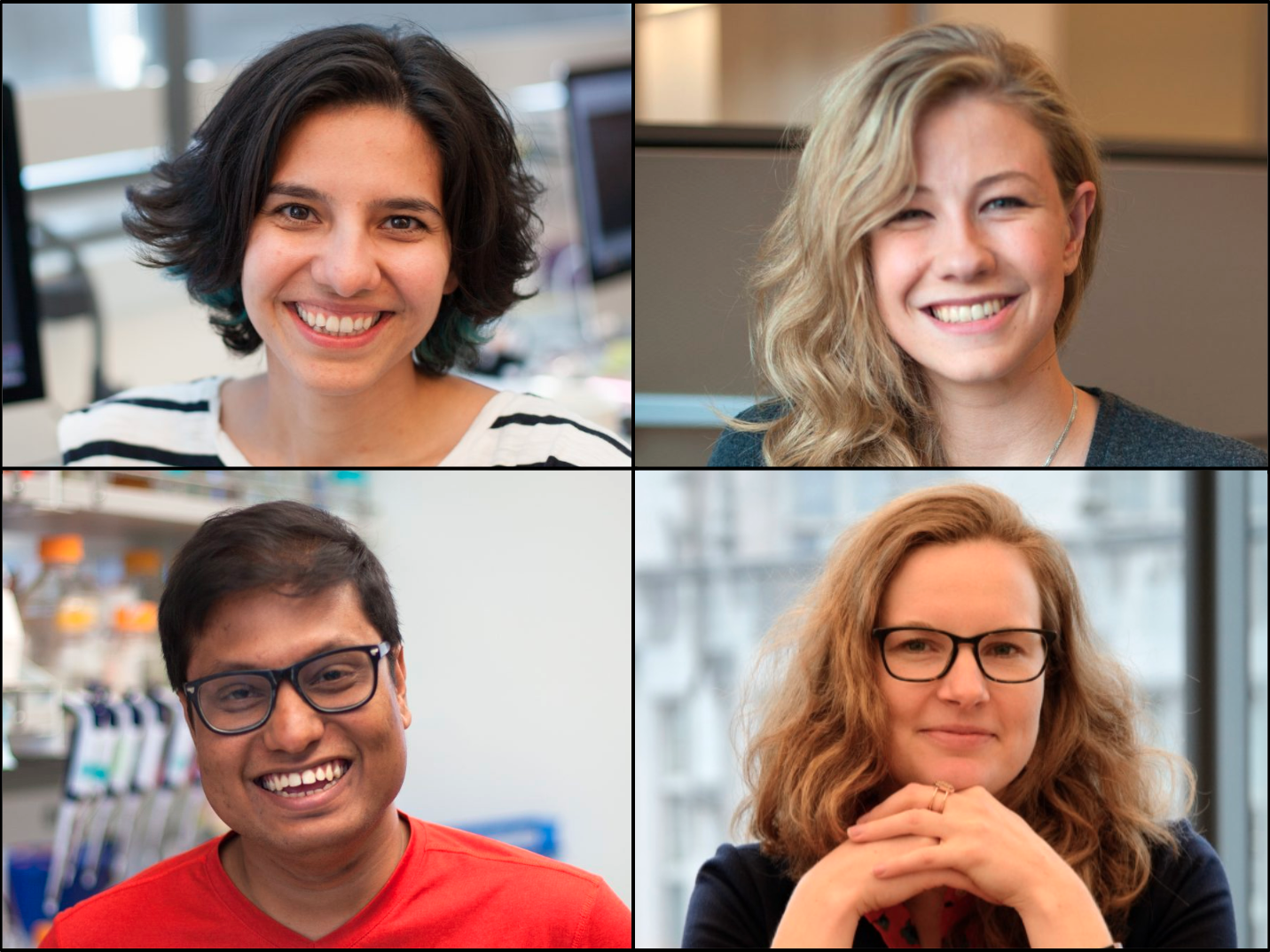Latest posts
-
Introducing LOCKR: a bioactive protein switch
Today we report in Nature the design and initial applications of the first completely artificial protein switch that can work inside living cells to modify—or even commandeer—the cell’s complex internal circuitry. The switch is dubbed LOCKR, short for Latching, Orthogonal Cage/Key pRotein. “In the same way that integrated circuits enabled the explosion of the computer chip…
-
Feature: The computational protein designers
Jeffrey Perkel, technology editor at Nature, has just written a feature on de novo protein design. PDF
-
Coevolution at the proteome scale
Today we report in Science the identification of hundreds of previously uncharacterized protein–protein interactions in E. coli and the pathogenic bacterium M. tuberculosis. These include both previously unknown protein complexes and previously uncharacterized components of known complexes. This research was led by postdoctoral fellow Qian Cong and included former Baker lab graduate student Sergey Ovchinnikov, now…
-
Protein arrays on mineral surfaces
Today we report the design of synthetic protein arrays that assemble on the surface of mica, a common and exceptionally smooth crystalline mineral. This work, which was performed in collaboration with the De Yoreo lab at PNNL, provides a foundation for understanding how protein-crystal interactions can be systematically programmed. Our goal was to engineer…
-
Protein design by citizen scientists
Citizen scientists can now use Foldit to successfully design synthetic proteins. The initial results of this unique collaboration appear today in Nature. Brian Koepnick, a recent PhD graduate in the Baker lab, led a team that worked on Foldit behind the scenes, introducing new features into the game that they believed…
-
Designed ligands tune cytokine signaling
Today the Baker lab shares some exciting collaborative results of their efforts to design rigid and tunable receptor dimerizers. The first authors of this report are Kritika Mohan, Stanford, and George Ueda, IPD. From Science: Exploring a range of signaling Cytokines are small proteins that bind to the extracellular domains of transmembrane…
-
Tunable pH-dependent assemblies
Natural proteins often shift their shapes in precise ways in order to function. Achieving similar molecular rearrangements by design, however, has been a long-standing challenge. Today, a team of researchers lead by scientists at the IPD report in Science the rational design of synthetic proteins that move in response to their…
-
Receptor sub-type binders
This week we report in NSMB a combined computational design and experimental selection approach for creating proteins that bind selectively to closely related receptor subtypes. This project was led by Luke Dang, a former Baker lab graduate student, and Yi Miao, a postdoctoral researcher in Christopher Garcia’s lab at Stanford. Abstract: To discriminate…
-
De novo 2D arrays
This week we report in JACS a general approach for designing self-assembling 2D protein arrays. This project was led by Zibo Chen, a recent Baker lab graduate student, and featured collaborators from the, DiMaio, De Yoreo and Kollman labs at UW. Abstract: Modular self-assembly of biomolecules in two dimensions (2D)…
-
Our outstanding postdoc mentors
We’re thrilled to share that four members of our Institute have been nominated for the UW Graduate School’s Postdoc Mentoring Award. Each brings invaluable guidance and advice to their graduate student and undergraduate trainees. This Year’s Winner: Gabriella Wolff, Biology Finalists: Michael Beyeler, Psychology David Grossnickle, Biology Matthew Hart, Pathology…

